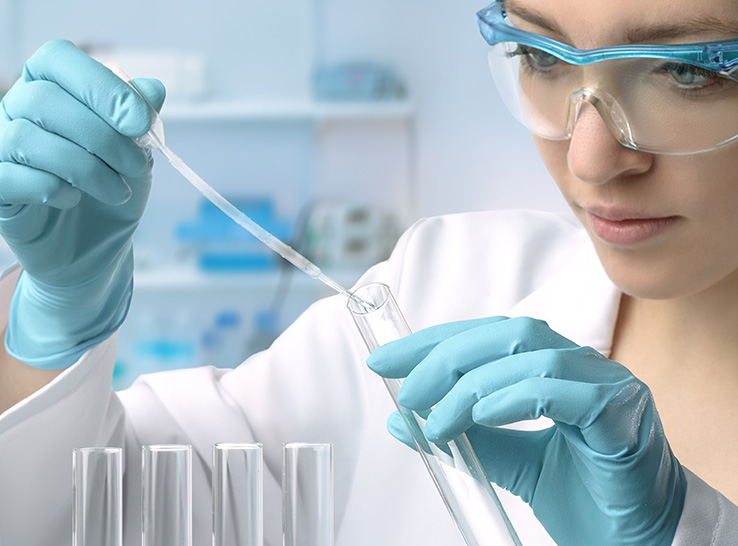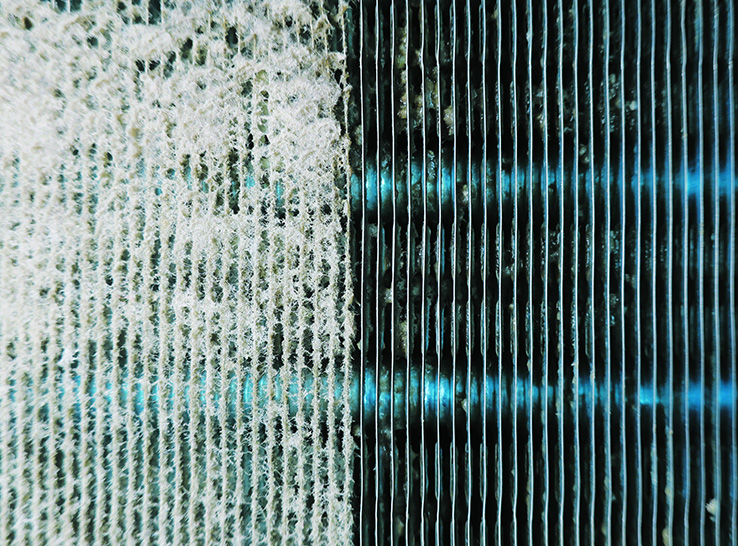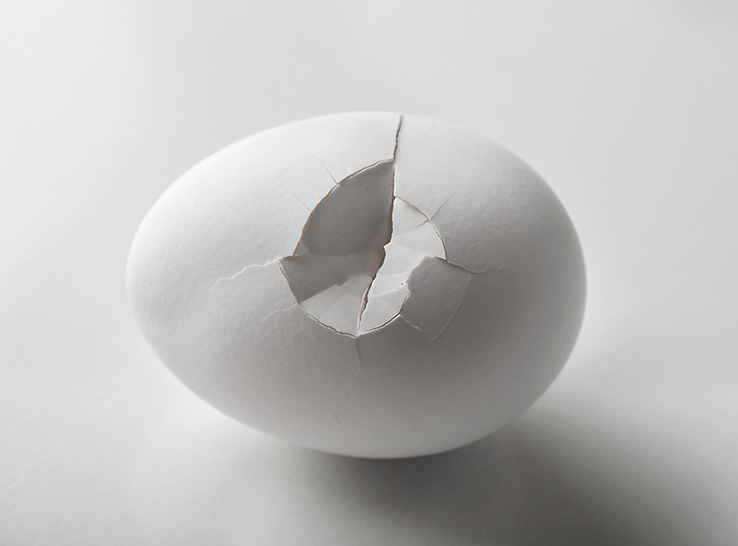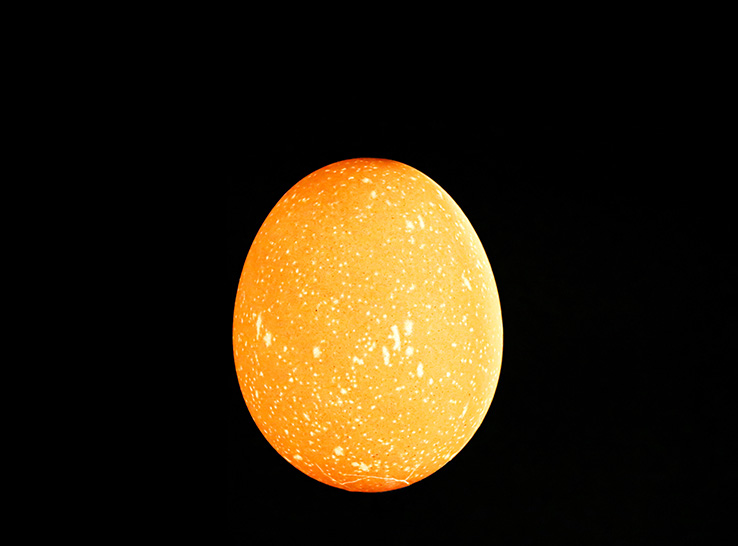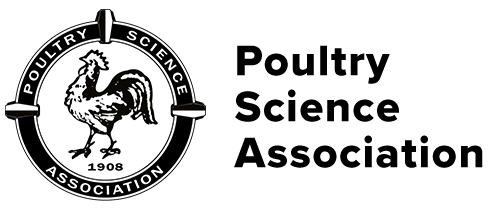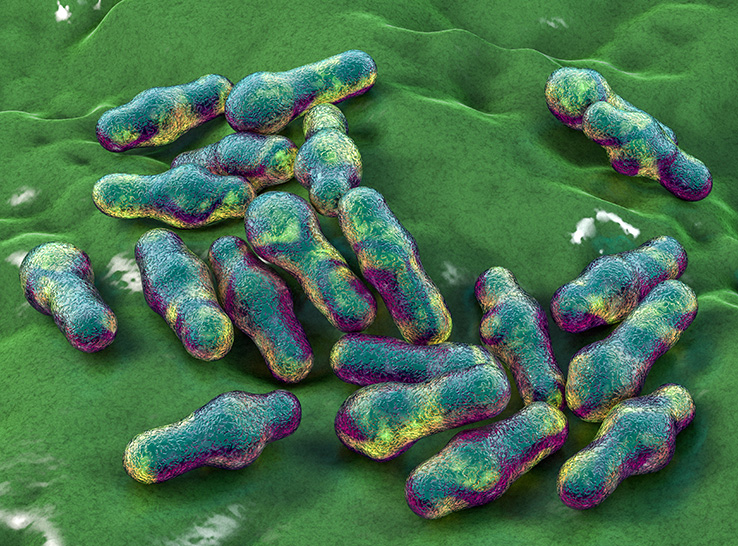Poultry scientists are working to better understand the impacts of particulate matter (PM) — small particles of feed, feathers, animal waste and dander — on bird health and production.
Researchers have found that PM can absorb and carry potential harmful pollutants and pathogens, putting poultry at risk of respiratory diseases and lung damage.
In a new research review, a team of scientists from Nanjing Agricultural University shared what’s known about the effects of PM on poultry health.
“PM is a mixture, and understanding its detailed pathogenic factors is highly necessary,” write study authors Kai Wang, et al., in Poultry Science®.
PM composition, levels vary
The reason it is important to compare data from PM studies is that the composition of PM and the levels of PM vary widely between production settings. For example, the researchers point out that PM in poultry houses is about 10 to 100 times higher in limited spaces than outdoors.
Weather makes a difference on PM, too. High heat and humidity lead to higher levels of PM suspended in the air. The researchers note that layers tend to spend more time active during the day, causing them to spend more time exposed to PM when particles are kicked up during the heat of the day.
The researchers took a close look at studies related to the chemical composition of PM. They point out that mineral crystals from animal urine are a significant source of PM. While current technology makes it tough for scientists to measure the levels of ammonia crystals in PM, the researchers emphasize the importance of reducing ammonia levels alongside PM.
Multiple organ damage
“High concentrations of ammonia, and ammonia compounds in poultry houses, have been reported to cause multiple organ damage in poultry,” write the study authors.
As the researchers explain, PM is an especially important issue to address in poultry. The bird respiratory system contains multiple bronchi (humans have just two bronchial tubes) and multiple air sacs (human lungs only have two air sacs). This configuration leaves poultry airways in a more “open” state, making them more vulnerable to PM damage.
For the new review, the scientists also share an in-depth look at how PM can trigger inflammation in poultry airways. The key is in the particle size. Studies show that PM with a particle size less than 10 μm can reach the upper respiratory tract of broilers, and PM with a particle size less than 2.5 μm (called PM2.5) can enter the broiler’s lungs.
It’s PM2.5 that seems to kick off a dangerous inflammatory response by stimulating immune cells called macrophages. These immune cells then signal the cells that line the airways, called epithelial cells, endothelial cells, and fibroblasts, to make molecules that further fuel inflammation. This response is similar to the chain-reaction that happens when an allergen triggers an asthma attack in people, but the process is taking place throughout a bird’s lifetime.
The researchers end their review with several recommendations. First, they suggest monitoring PM2.5 concentration in poultry houses and supporting research to study how the components of PM led to disease. They also recommend further research into how PM affects the normal microbes that live in poultry.
What does this study mean for producers?
- This work emphasizes the need for ventilation to reduce PM in indoor poultry housing.
- To reduce PM, producers may want to consider humidity, temperature, and time of day when walking through poultry housing.
The full paper, titled “Particulate matter in poultry house on poultry respiratory disease: a systematic review,” can be found in Poultry Science and online here.
Editor’s note: Content on Modern Poultry’s Industry Insights pages is provided and/or commissioned by our sponsors, who assume full responsibility for its accuracy and compliance.

